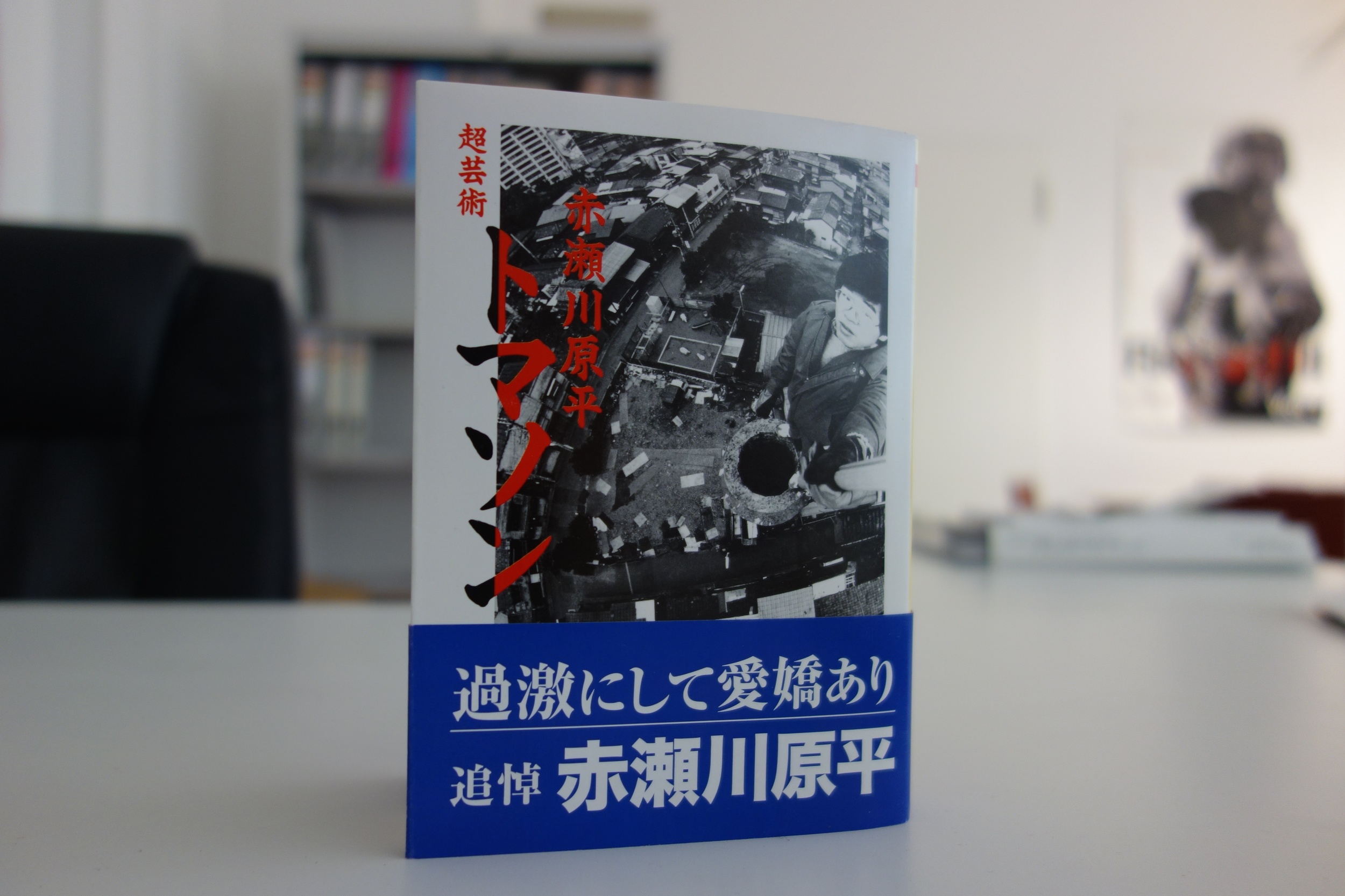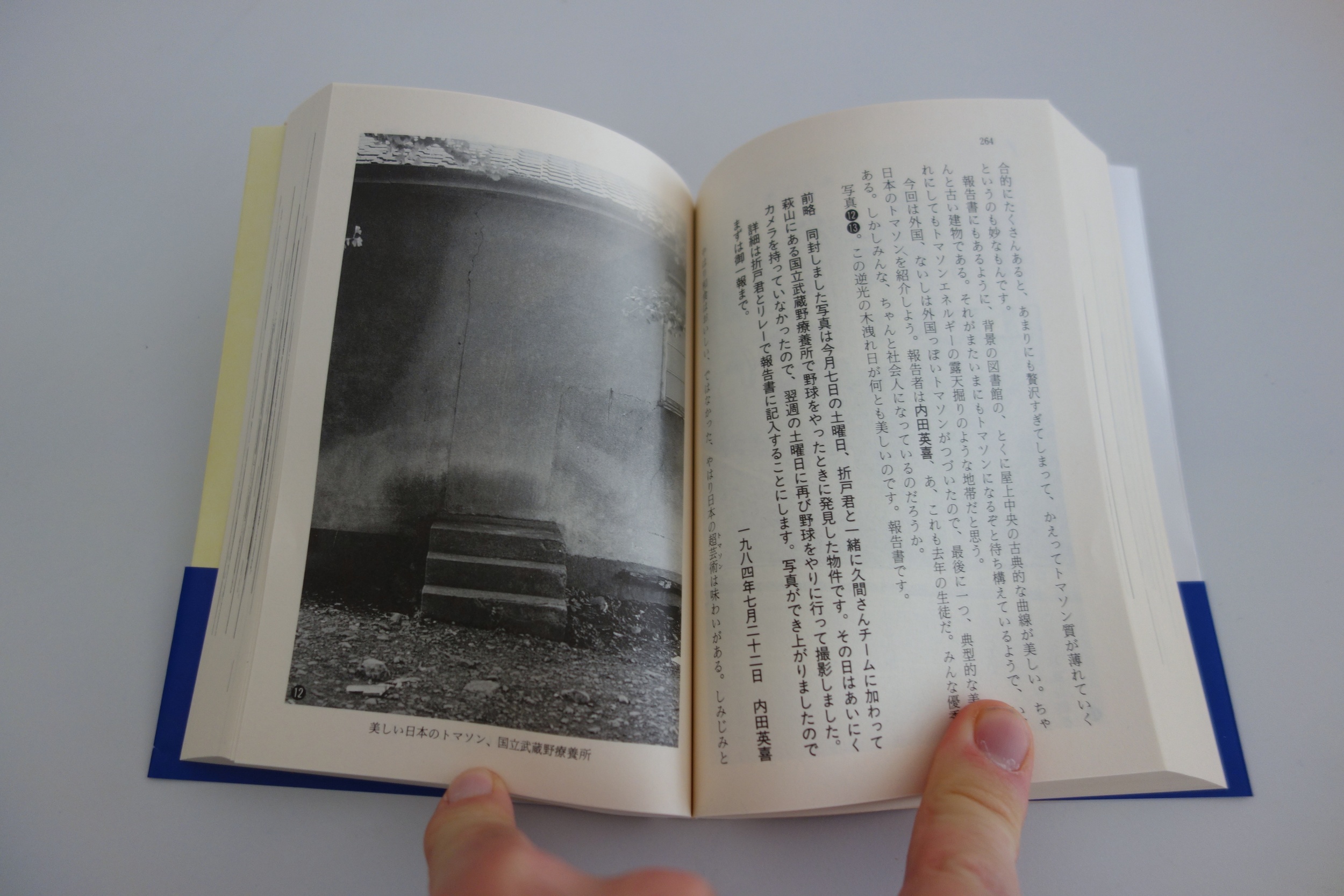This is one of the books I brought by back from Tokyo last week. I don't read Japanese but I noticed that it might be intriguing. Flipping through this tiny booklet, I noticed the use of curious pictures. The architectural structures in Black and White, presented alongside a main essay seemed a bit weird. The only text I could parse – aside from numbers – was the name of the author (Genpei Akasegawa). A little later, with the help of a search engine and the good work of bloggers and podcasters, I managed to get a better sense of the content of this piece.
These images indeed represent what one might call architectural relic or vestigial urban remnants: these structures which have evolved over time to serve no purpose. See for yourself:
According to Roman from 99%, these relics "caught the attention of an artist in Japan named Akasegawa Genpei" back in 1972:
"Akasegawa started noticing similar urban leftovers, and treasured them as artistic byproducts of the city. He photographed all the things he could find that were both vestigial and maintained. He began publishing his findings in a magazine column, accompanied by musings about each object. People began to send Akasegawa pictures of similar architectural leftovers that they found, and in his column, Akasegawa would judge all submissions on two criteria: 1. Were they truly, completely useless? 2. Were they regularly maintained? In 1985 Akasegawa published a book of these collected photographs and writings, in which he coined a term for these kinds of urban leftovers. He called them, 'Thomassons.'
The term comes from Gary Thomasson, an American baseball player who was traded to the Yomiuri Giants, a team in Tokyo, Japan. Thomasson was paid exorbitant amount of money for a two year contract. But in this new country, on this new team, the great slugger Gary Thomasson lost his game. He actually set the all-time strikeout record in Japan in 1981, and was benched for much of his contract. For Akasegawa, Gary Thomasson was “useless” and also 'maintained.'"
Why do I blog this? Thomassons are part of the things I'm interested in when wandering around a city. It's quite extraordinary IMHO to find this concept via a book in a Japanese bookshop without any propre understanding of the local language; but I guess the images were evocative enough to make me buy the booklet. Also, it seems there is an English version of the book. It's called Hyperart Thomasson (published by Kaya Press). Thomassons' seem like a neighbor category of "white elephant": "a possession which its owner cannot dispose of and whose cost, particularly that of maintenance, is out of proportion to its usefulness." (Wikipedia).
I now should go in my Flickr stream and tag the Thomassons I spotted before knowing about this term.



